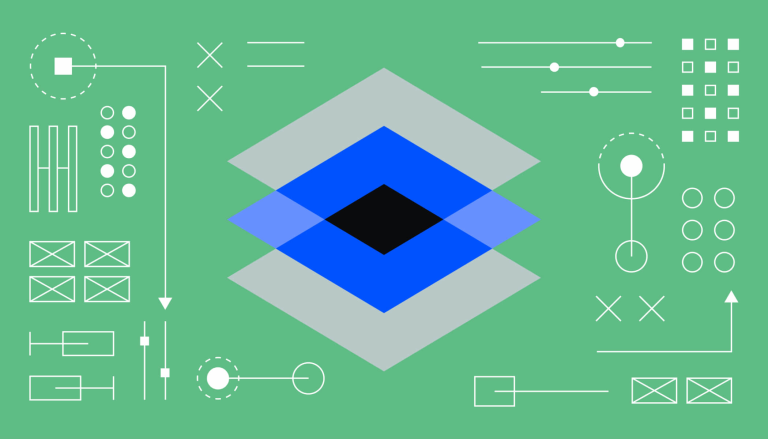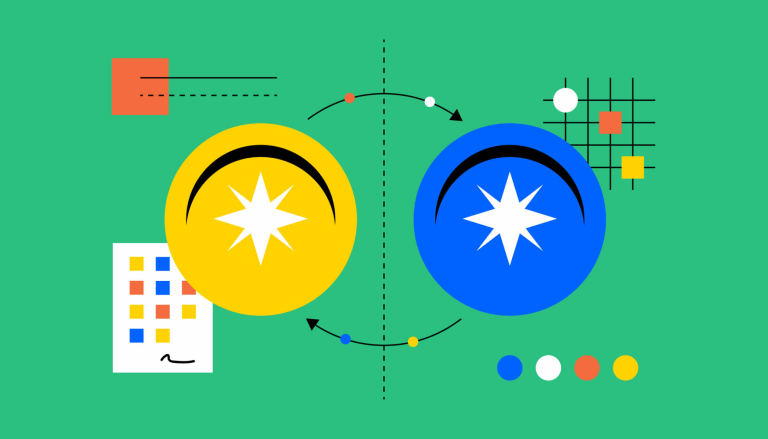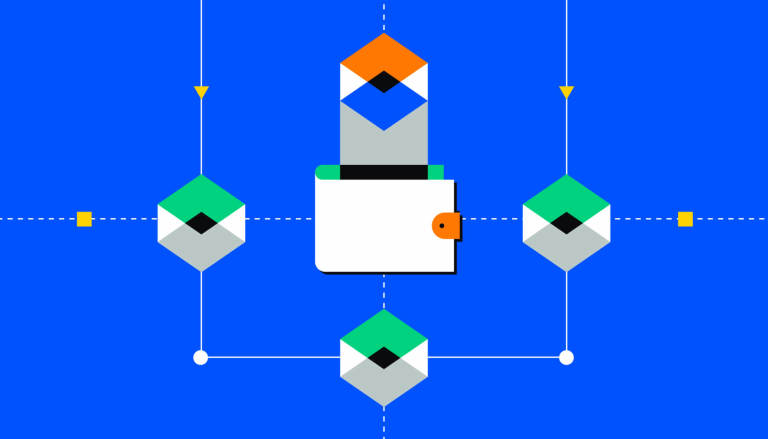What is danksharding and the difference with proto-danksharding?

Sharding is a proposed solution to the scalability issue faced by the Ethereum network, aiming to improve transaction speed and cost efficiency.
Layer 2 solutions, such as rollups, are an intermediate step towards sharding, introducing a new way to process transactions and store data temporarily.
Both sharding and Layer 2 solutions are integral components in upgrading the Ethereum consensus layer, aiming to enhance its scalability and efficiency.
What is Sharding?
Sharding is a proposed solution to the scalability issue faced by the Ethereum network. As the hub for decentralized applications (dApps) and smart contracts, Ethereum experiences significant pressure, leading to slower transaction times and higher fees. Sharding aims to alleviate this pressure by introducing a way to communicate with existing Ethereum layer two solutions, aiming to improve transaction speed and cost efficiency.
Sharding focuses on making blockchain rollups more efficient. Rollups are a layer two solution that batch and process Ethereum transactions off-chain, then transmit a "validity proof" on the Ethereum main chain. While this method does save costs, a significant portion of rollup transaction costs still go directly to the Ethereum mainnet for posting that proof. Sharding allows the Ethereum network to process these bundled transactions from layer two rollups without storing all of their data immutably, reducing the burden on the Ethereum mainnet.
What are Layer 2 Solutions?
Layer 2 solutions, such as rollups, are an intermediate step towards sharding. They lay the groundwork for the introduction of sharding to the Ethereum network by introducing a new way to process transactions and store data temporarily.
These solutions, or Binary Large Objects, are a temporary store of data. Unlike the current Ethereum data storage method, these solutions are more cost-efficient to maintain as they have an expiry date, approximately 18 days. This drastically reduces their storage cost and means the Ethereum network is storing less data per block.
These solutions are designed specifically for handling temporary data. They carry a validity proof which allows the Ethereum chain to verify their authenticity without reading the data itself. This keeps data safe while optimizing block space.
How do Sharding and Layer 2 Solutions Enhance Ethereum's Scalability?
Sharding and Layer 2 solutions are integral components in enhancing Ethereum's scalability and efficiency. By introducing a way to communicate with existing Ethereum layer two solutions and processing more data per block, sharding aims to improve transaction speed and cost efficiency.
On the other hand, Layer 2 solutions prepare the Ethereum network for the introduction of sharding. By introducing temporary data storage and efficient transaction processing, it allows the Ethereum network to process data from blockchain rollups more effectively, reducing the burden on the Ethereum mainnet.
What are the Benefits of Sharding?
One of the main benefits of sharding is the mitigation of transaction (gas) fees.
High gas fees on the Ethereum network are primarily caused by the need to store all of its data on every node in the network, a method that is heavy on the system and expensive.
Sharding, by allowing the Ethereum network to process bundled transactions without storing all of their data immutably, aims to mitigate these fees.
What is the Future of Sharding and Layer 2 Solutions?
Sharding and Layer 2 solutions are integral to the future development of Ethereum scaling.
They are part of the long-term Ethereum network upgrades aimed at maximizing the network’s capacity. As Ethereum continues to evolve and grow, these technologies aim to contribute to its scalability, efficiency, and overall performance.


